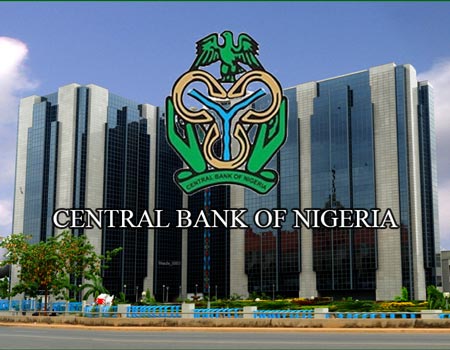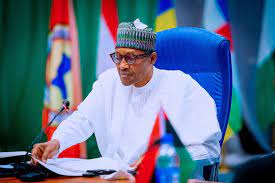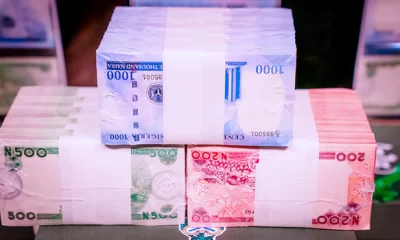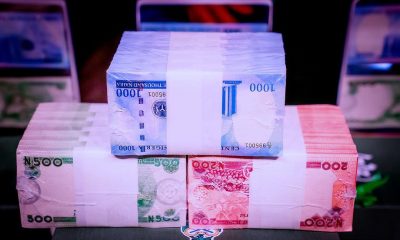Data from the Central Bank of Nigeria reveals that Nigeria has a cumulative current account deficit of $9.1 billion as of the third quarter of 2019, stoking fears of an impending exchange rate crisis in 2020.
Based on the data, Nigeria’s balance of payment stood at a whopping $4 billion as at the third quarter of 2019 up from $48.7 million dollars in the preceding quarter and $4.5 billion in the third quarter of 2018.
The latest data shows that the current account deficit was $2.79 billion (provisional figure as it may change) in the third quarter of 2019, indicating that Nigeria may close the year with a deficit. The last time Nigeria closed the year with a current account deficit was in 2015, with about $15.4 billion.
Services ate up $9.56 billion (inflows $1.1 billion) in total dollar liabilities during the quarter compared to $9.4 billion and $9.5 billion respectively in the first and second quarters of 2019 respectively.
Business services-related payments again topped demand for forex during the quarter, with about $3.9 billion in the third quarter. Business and personal travel followed with $3.4 billion, as ticket sales and travel allowances drive up demand.
Most of these outflows are spent on paying technical services fees, professional fees and others required to power nearly all sectors of the economy. Businesses across the economy rely on foreign services such as software, consulting and auditing, patents, etc. to power and scale businesses.
Personal travel dominated demand with about $2.9 billion, with education-related travel accounting for a whopping $1.5 billion in the third quarter of 2019 ($1.4 billion in Q2).
In terms of income, Nigeria continues to rely on crude oil for its dollar earnings, with oil exports making up $13.7 billion in inflows out of the $15 billion earned in the quarter.
Nigeria has so far earned about $46.6 billion from total exports in 2019 compared to $46.4 billion in the corresponding quarters in 2018. We, however, observed growth in non-oil dollar inflows recording a total of $4.8 billion in the first three quarters of 2019 compared to $3.6 billion in the comparative period in 2018.
Nigeria’s currency reserves have been on a constant decline, dropping below $40 billion in November. For Nigeria to mitigate against the rising current account deficit, it will have to either increase its export proceeds or cut down on demand for dollars.

 Football6 days ago
Football6 days ago
 Aviation1 week ago
Aviation1 week ago
 Aviation1 week ago
Aviation1 week ago
 Featured4 days ago
Featured4 days ago
 Comments and Issues6 days ago
Comments and Issues6 days ago
 Education5 days ago
Education5 days ago
 Business5 days ago
Business5 days ago
 Education1 week ago
Education1 week ago












